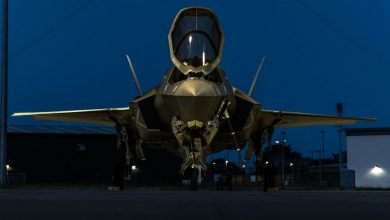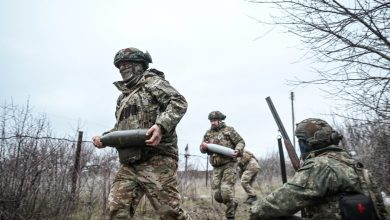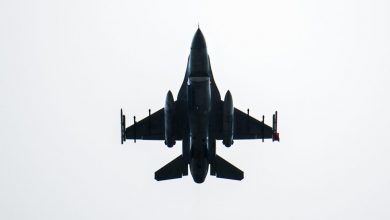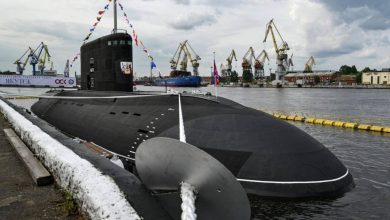Reuters: North Korean ballistic missiles have become more precise

North Korean ballistic missiles fired at Ukraine by Russian forces since late December have been far more precise than salvos of the weapons launched over the past year.
Reuters reports on this with reference to two unnamed high-ranking Ukrainian sources.
The KN-23 ballistic missiles have seen a marked improvement in accuracy: more than 20 North Korean missiles that have hit Ukraine in the past few weeks have had an order of magnitude less deviation from the target.
Earlier in the war, the missiles had an accuracy of 1-3 kilometers, but the most recent had an accuracy of between 50 and 100 meters.
According to the source, the improvement in hit accuracy came suddenly after months of inaccurate launches. The new assessment was based on the fact that the missiles identified as North Korean by the debris hit relatively close to the intended target.
Ukrainian experience
The sharp improvement in the qualities of KN-23 ballistic missiles results from North Korean designers’ study of combat experience. It is possible that Russia could have helped them improve the design.
Yang Uk, a weapons expert at Seoul’s Asan Institute for Policy Studies, shared that his security contacts in Ukraine had also independently reported improvements in the latest batches of North Korean missiles.
“As they are making missiles and getting feedback from the customers – the Russian army – then they have more experience making more reliable missiles,” he said.
The military source said a forensic analysis conducted on debris had not identified changes to the design of the missiles, although there had been very little debris left to analyze.
The source suggested two possible explanations were the missiles being fitted with better navigation systems or with a steering mechanism to help maneuver.
The Ukrainian project Colonel GSh, which studies missile wreckage, reported the discovery of conventional automotive bearings SNR, NTN, and NSK in the steering shafts of the downed KN-23.
Some bearings in critical control components were found to be jammed or rusted, making them malfunction. Experience with older rockets has shown that automotive parts cannot withstand extreme temperatures and rocket overloads of 5-6 Mach.







